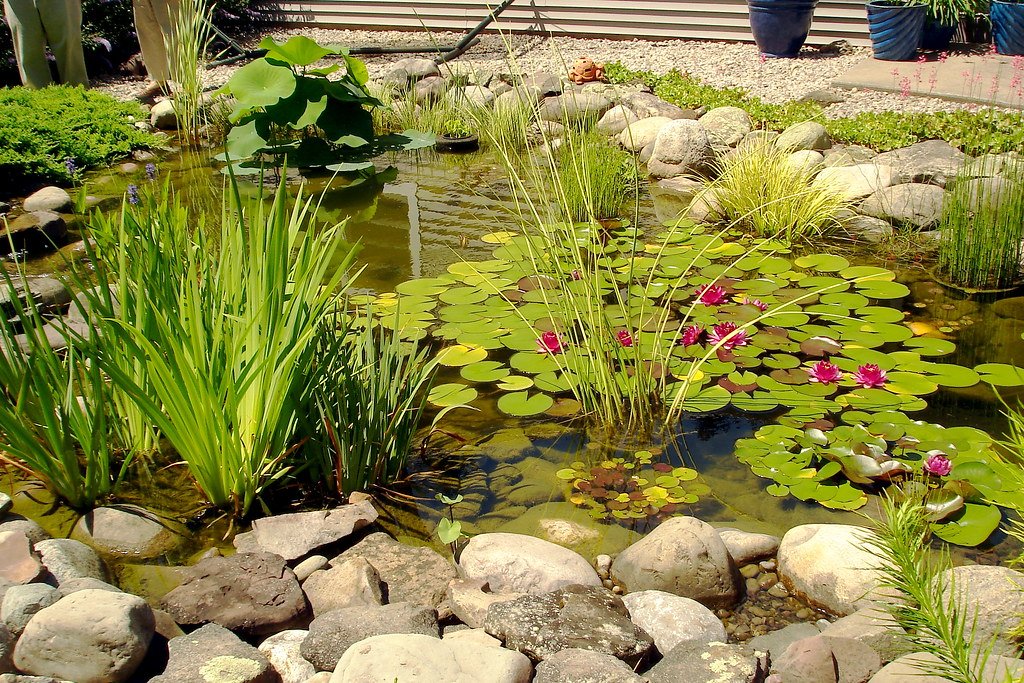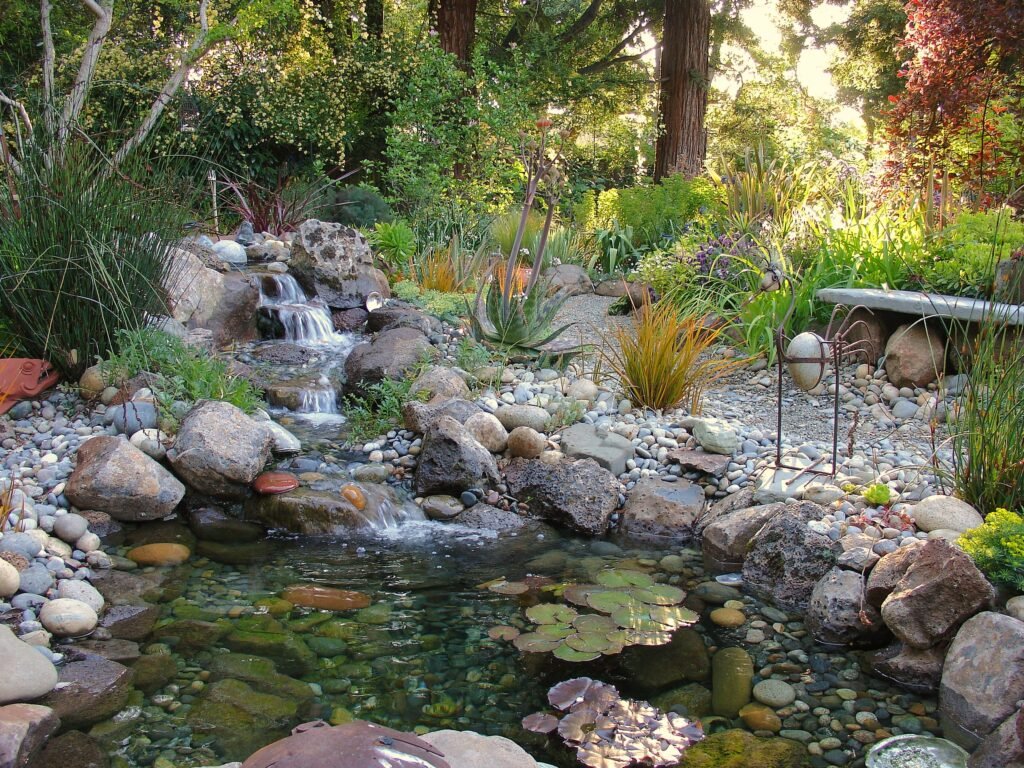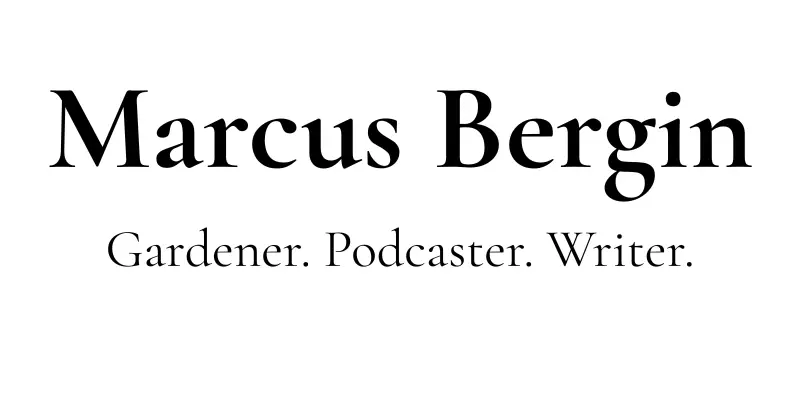
Garden Ponds: Why Adding Water Might Be the Best Thing You Ever Do for Your Garden
You can be pottering in the borders, watering the veg, or sitting with a cuppa on the patio, but the moment your eye catches that quiet patch of water in the garden, something changes.
A garden pond, no matter how big or small, brings a certain stillness. A sense of life ticking away beneath the surface. Birds fluttering in to drink, bees resting on floating leaves, frogs watching from the shallows like little green sentinels. It’s not just decoration, it’s a pulse. A heartbeat for your garden.
And the best bit? You don’t need a grand plan or a big space to make it happen.
Why Add a Pond to Your Garden?
Adding water creates a whole new layer of interest and biodiversity. Even a small pond can:
Attract birds, frogs, dragonflies, and hedgehogs
Offer a breeding ground for amphibians
Help with natural pest control (goodbye slugs!)
Provide humidity and shelter for plants nearby
Add a sense of calm and beauty to your space
It’s one of the easiest and most rewarding ways to boost wildlife—and it doesn’t require fancy pumps, waterfalls, or running costs.
What Size Should Your Pond Be?
The simple truth? Whatever size you’ve got room for.
A buried washing-up bowl can be home to water snails and hoverflies.
A half-barrel on a patio can host floating oxygenators and occasional bees.
A sunken pond liner gives more scope for marginal planting and frog-friendly hideaways.
A wildlife bog garden—just a damp, low area—can support marsh-loving plants without needing to hold standing water.
The only rule is: do what fits your garden and your energy. You can always expand later.
Shade or Sun? Don’t Worry

While sun-loving plants like Iris pseudacorus or water lilies need more light, a pond in partial shade is still hugely valuable. In fact, amphibians like frogs and newts prefer a bit of shelter and coolness. So if your garden faces north or is flanked by fences and trees, don’t rule out a pond.
Just focus on shadier-suited species, such as:
Mentha aquatica (water mint)
Myosotis scorpioides (water forget-me-not)
Zantedeschia aethiopica (arum lily – best for very mild climates)
Equisetum hyemale (horsetail – architectural but can be invasive, so use with caution)
Creating a Simple Wildlife Pond: A Quick Guide
You don’t need to overthink it. Here’s a gentle guide to get you started:
1. Choose Your Container or Spot
This could be:
A ready-made pond liner
An old washing-up bowl or plastic tub
A whiskey barrel or sink
A small dug-out area in the soil lined with pond liner
2. Add Depth and Access
Wildlife needs a variety of depths:
A shallow edge for birds and insects to land
A deeper centre (around 30–40 cm) for frogs to hibernate
Rocks or bricks placed gently inside to form planting ledges and escape routes
3. Fill with Rainwater (if possible)
Tap water contains chlorine, which isn’t great for pond life. Use rainwater from a butt, or let tap water stand in a bucket for 48 hours before filling.
4. Plant It Up
Start with 2–3 native plants:
Oxygenators like Hornwort or Elodea canadensis
Marginals like Water mint, Marsh marigold, or Iris
Floaters like Frogbit or Water soldier
Avoid overcrowding. Plants will grow!
5. Don’t Add Fish
If your aim is to support wildlife, leave out the fish. They’ll eat frogspawn, insects, and upset the natural balance.
6. Let Nature Settle In
You may get algae at first—don’t panic. Ponds take time to balance themselves. Over a few weeks, you’ll likely see pond skaters, birds, bees, and possibly even frogs or toads arrive naturally.
Extra Ideas for Interest and Wildlife
Add a log pile or stone stack beside the pond—it’ll give frogs somewhere to hide
Leave one side gently sloped or ramped for easy access
Plant ferns and moisture-lovers nearby to create a lush microclimate
Add night-scented plants like Nicotiana or Evening Primrose near the pond for a magical summer evening feel
Ponds and Slugs: The Natural Control Method
If slugs are causing you grief (and, honestly, they probably are), a pond can be your greatest ally. Frogs and toads are natural slug predators, and they’ll travel several metres from water to feed. Give them a safe base, and they’ll work for you.
Don’t Let the Size Put You Off
You don’t need to “landscape” to build a pond. Just start. Something as small as a bucket can be a stepping stone for wildlife. Something bigger can become the quiet heart of your garden.
If you’re thinking about it—give it a go. See how it transforms not just your planting, but how you feel when you’re out in the garden.
Want to Go Deeper?
If you’ve enjoyed this post, you’ll find even more ideas, inspiration, and how-tos over on my blog and in the Gardening with Marcus Facebook group. And if you’re in Bishops Cleeve or nearby, why not pop into the group and share your own pond photos or questions?
You can also sign up for the newsletter for seasonal gardening advice, stories, and gentle tips to try in your own patch.
Until next time Happy Gardening.
